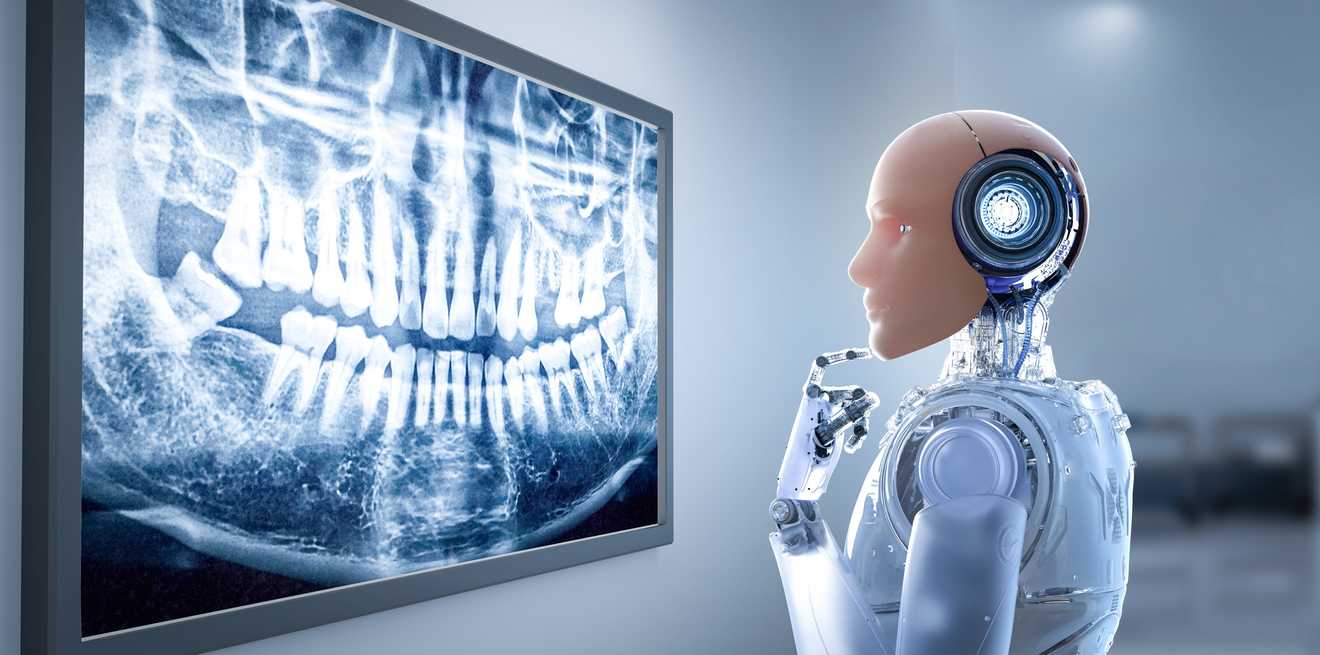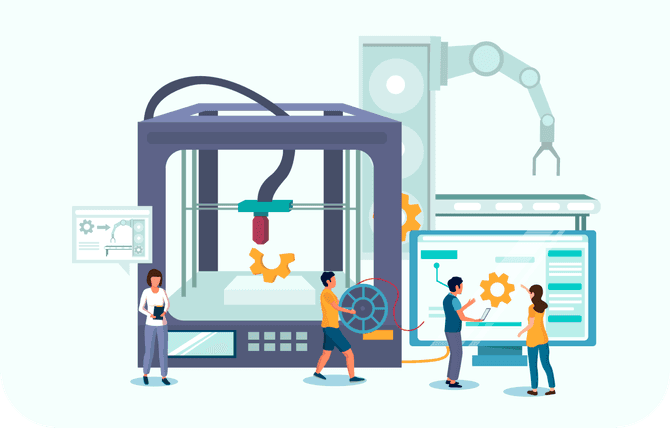
The Power of AI in Dentistry
by SoftSmile Team in Sep 15 2024
There are numerous use cases of AI in dentistry and orthodontics. In the realm of clear aligner treatment planning, artificial intelligence and machine learning speed up the entire process while increasing accuracy and improving patient outcomes.
AI can do the most tedious manual treatment planning tasks automatically without sacrificing precision. Time savings during diagnosis and treatment planning can result in cost efficiency for doctors and patients. Patients receive high-quality orthodontic treatments in a fraction of the time and are more confident in their results.
The Case for AI
Rising costs and declining profits for practitioners are plaguing the dental and orthodontic industry. Employing innovative technology alongside orthodontic expertise will save time and result in cost savings and improved patient satisfaction with fewer office visits, refinements, and optimal treatment results.
Artificial intelligence that includes machine learning can be trained on hundreds of thousands of patient cases to learn diagnostic procedures and treatment planning protocols. The more a practitioner uses the software the more intelligent the software becomes and can employ the user’s specific preferences.
Artificial intelligence in dentistry and orthodontics is never intended to replace the expertise of doctors. Diagnostic and treatment planning decisions always depend on the knowledge and expertise of the doctor. Think of AI as a highly intelligent assistant who can suggest treatment strategies and streamline the process of setting up patient cases.
AI in VISION Treatment Planner
VISION, the digital treatment planning software by SoftSmile, is powered by artificial intelligence and machine learning and is based on biomechanical principles. VISION by SoftSmile has multiple AI features and functionalities built into its treatment planning platform:
Most of VISION’s AI is integrated into the treatment planning workflow, requiring minimal effort from the user. An orthodontist simply uploads the patient scan, and the AI processes and analyzes the data to automate essential treatment planning steps and suggest strategies.
The SoftSmile team is currently developing an AI treatment planning assistant chatbot feature. VISION’s AI assistant is aware of all the software’s capabilities, guiding users to specific features and functions tailored to each patient's case data. As an expert in orthodontic principles and general clinical knowledge, it offers strategic recommendations accordingly.
A doctor could ask this chatbot for advice on utilizing the software or for treatment strategies. By learning a doctor’s preferences and treatment protocols, this AI significantly accelerates the usually lengthy and tedious feedback loop between doctors and technicians.
SoftSmile’s AI and ML algorithms self-learn and are based on continuous learning principles. The SoftSmile team notes when the AI gets something wrong and collects that feedback to improve the feature over time.
Conclusion
Utilizing treatment planning technology built with artificial intelligence and machine learning will increase trust and reputation by using the latest technology, and patient satisfaction, streamline your workflow, and grow your practice. Allow AI to guide your dental practice into the modern era, and you will experience unparalleled growth.



